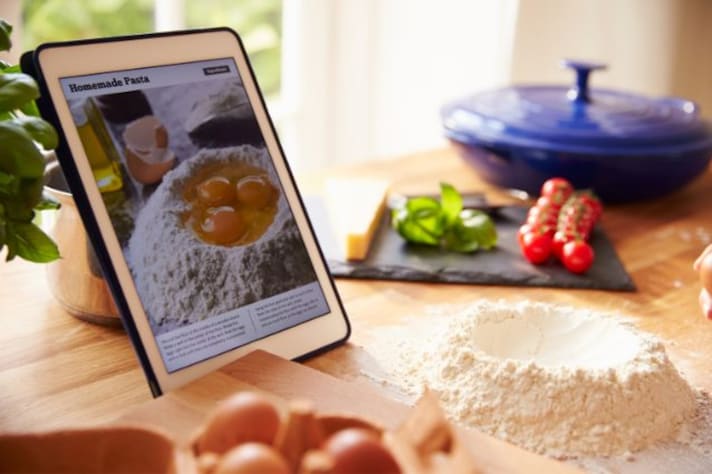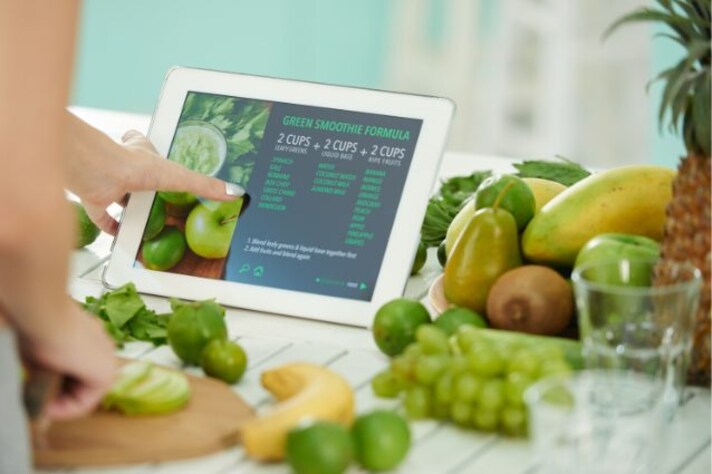
Scaling recipes is all about making the right amount of food for your needs. Whether you're hosting a dinner party or planning a meal for two, adjusting a recipe ensures you don’t waste ingredients or end up with too little. It also helps maintain the balance of flavors and textures, which can be tricky when changing quantities.
The key is accuracy. Doubling or halving a recipe might sound straightforward, but it’s not always as simple as multiplying every ingredient. Some elements, like seasonings or baking times, require careful consideration to avoid overpowering or underwhelming results.
How to Scale a Recipe Step by Step
Scaling doesn’t have to feel overwhelming. Follow these easy steps to get it right:
- Start with the servings: Check the original recipe’s yield and decide how many servings you need. Divide the desired number of servings by the original number to get your scaling factor. For example, if a recipe serves four but you need eight, your scaling factor is two.
- Adjust the ingredients: Multiply each ingredient by the scaling factor. Be precise, especially with items like spices or baking agents.
- Consider cooking times: Larger quantities may need more time to cook evenly, while smaller portions could finish faster. Keep an eye on your dish and adjust as needed.
- Test first: If you’re scaling for the first time, try a small batch to ensure the flavors and textures turn out as expected.
- Write it down: Once you’ve successfully scaled a recipe, note the new measurements to save time in the future.

Tips for Scaling Specific Recipes
Some dishes require extra care when scaling. Here’s how to handle the tricky ones:
Baked Goods
Baking is a science, so changes to ingredients like leavening agents (baking powder, yeast) might need tweaking. A small adjustment can go a long way in maintaining structure and texture.
Seasonings
Start with less and adjust to taste. Spices and salt can become too intense when doubled or tripled.
Liquids
Watch the consistency. Scaling liquids exactly may result in a dish that’s too runny or too dry. Adjust based on the texture you’re aiming for.
Cooking Vessels
Larger batches may need bigger pots, pans, or even ovens. Ensure your equipment can handle the increased quantities.

Why Scaling Recipes Saves Time and Effort
Learning to scale recipes not only saves you from unnecessary waste but also allows you to customize meals for any occasion. Once you master the process, you can confidently cook for a crowd or prepare just enough for yourself, all while ensuring every dish tastes just as delicious as the original.
;Resize,width=767;)
